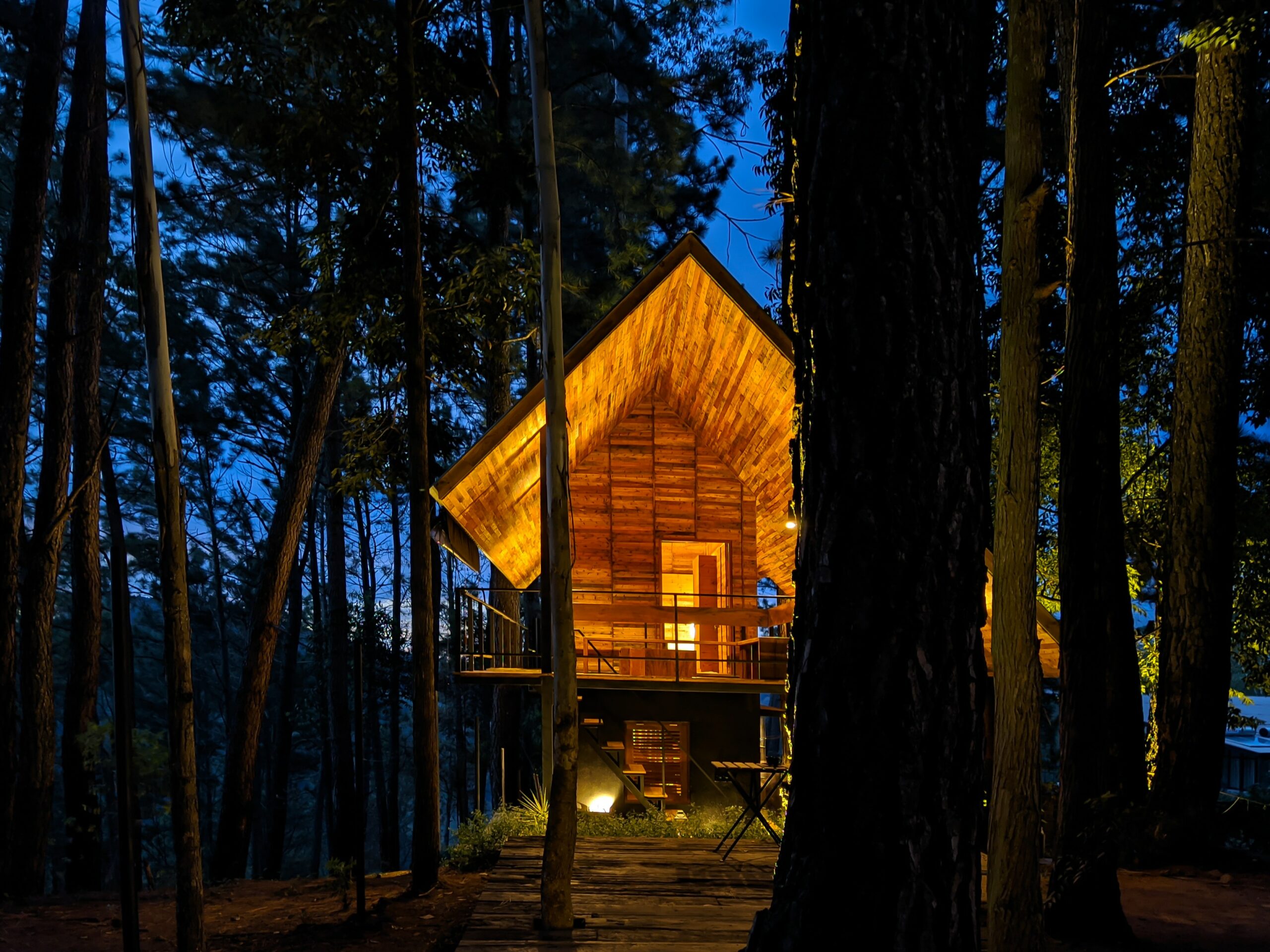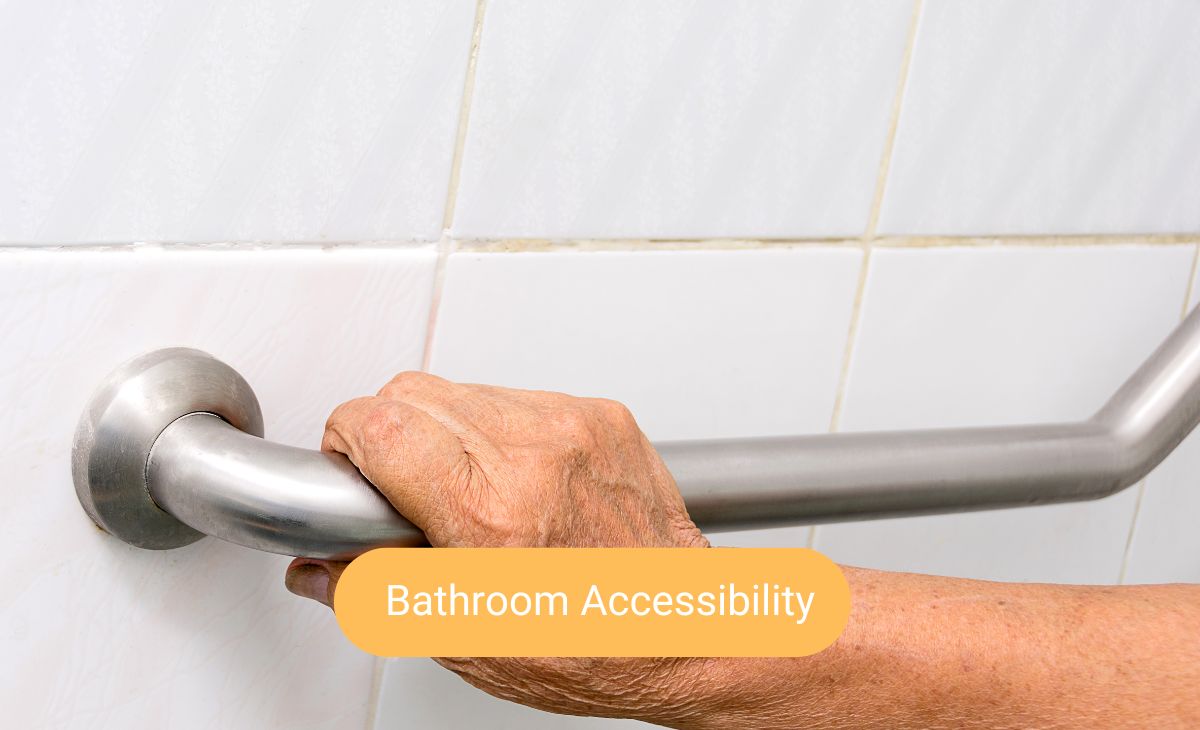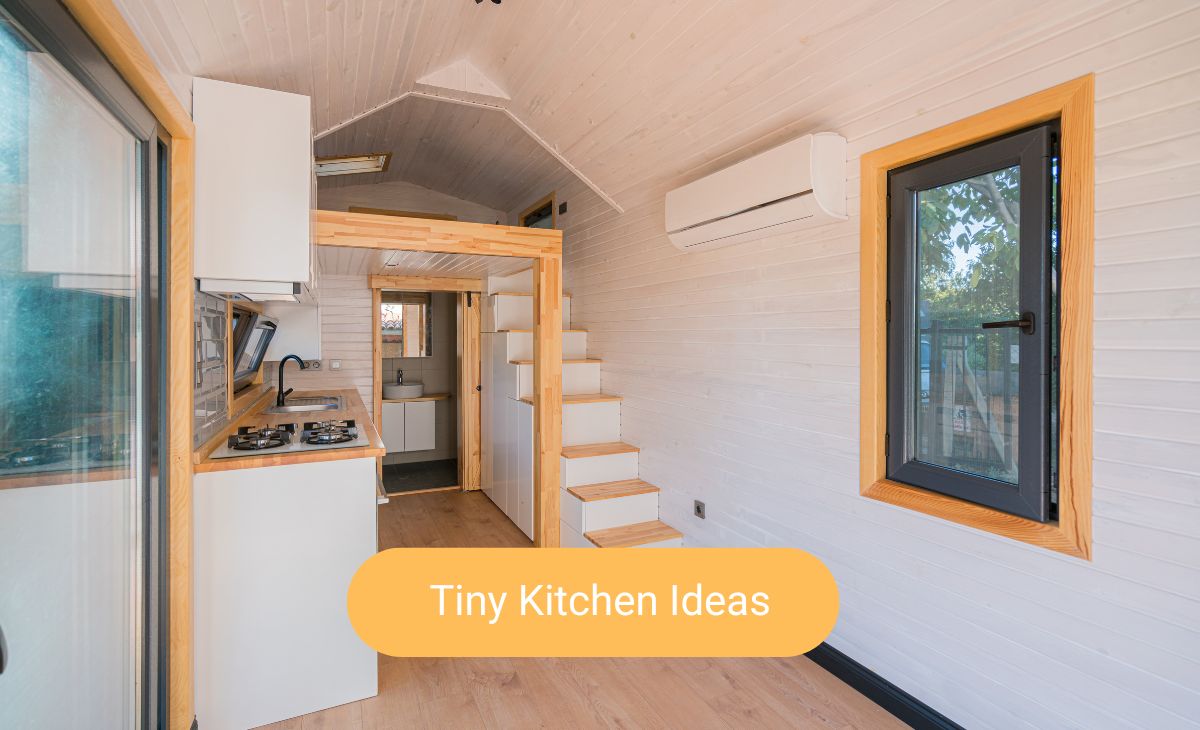Have you heard of the growing trend of people moving into smaller and more affordable homes? There is a logical reason why tiny home living has seen a meteoric rise in popularity. In this article, we’ll look at the several environmental advantages of living in a tiny house.
You may be wondering, what precisely is a tiny house? It’s a smaller, more minimalist version of a regular house, often spanning from 100 to 400 square feet. Despite being small, it is practical and comfortable while making the most of every inch.
Now onto the more exciting part! Tiny homes have numerous environmental benefits that not only benefit Mother Nature, but also the more sustainable way of life we’re trying to adopt. There’s a lot to unpack here, from efficient use of resources to a lower carbon footprint.
Buckle up, and let’s explore the fascinating world of tiny home living and its environmental benefits!
Resource Efficiency
Let’s try to understand how tiny houses are resource-efficiency masters, shall we? These compact dwellings are all about making the most out of everything.
Their simplistic design and small footprint are game changers. Unlike large houses with several unused rooms that just collect dust, tiny houses are meticulously constructed to maximize every inch. There’s no wasted space here!
Guess what? This also means that less energy is consumed. When compared to those energy-hungry mansions, heating and cooling a tiny home is a piece of cake. You’re not only saving money on utility bills, you’re also contributing to reducing total energy consumption.
There’s more! Solar panels, along with other sources of renewable energy, are common elements in tiny homes. This means you’re saving space while harnessing the sun’s power in keeping everything operational.
Substantial Reduction of Carbon Footprint
One of the most amazing aspects of a tiny home is the construction. It employs fewer building materials and uses far less energy during construction because it is substantially smaller than standard dwellings. That means less pollution and fewer depleted resources – a great gain for the environment!
Tiny houses are also easy to transport due to their small size. Consider them the eco-friendly nomads within the housing realm. Whenever it’s time to relocate, they won’t consume gallons of fuel. Less carbon dioxide gets released into the atmosphere as a result.
It doesn’t stop there as tiny homes promote a much simpler way of life. They promote minimalism instead of encouraging overconsumption. When you live in a smaller place, you naturally have fewer possessions and are more conscious of what you acquire. You’ll find you’ll have fewer impulse purchases and waste, resulting in a lower carbon footprint. Yes, you’re being more gentle on the planet.
Consider a world in which more people adopted tiny homes and eco-friendly practices. One tiny home at a time, we’d be taking big strides toward a greener future!
Preservation of Nature
Traditional houses take up a lot of space. Not our tiny homes! Because of their modest size, they have a much smaller footprint, allowing more area for nature to grow. Imagine more green spaces, vegetation, and wildlife bursting around us – that is the allure of tiny home living!
Another perk of tiny houses is their mobility. Many tiny homes are designed on wheels, allowing them to be readily relocated from one location to another. This presents interesting possibilities for developing eco-friendly communities and tiny home villages that cohabitate with the natural surroundings.
Picture in your head tiny home communities nestled near parks or nature reserves. Think about communities promoting a way of life that cherishes and respects the natural world! It’s like creating mini-sanctuaries that give back to the earth rather than stealing from it.
These tiny marvels are pointing us in the direction of a future in which we can live in harmony with our surroundings while leaving a legacy for future generations. Let’s all appreciate them for their part in nature conservation and contribution to a greener planet!
Water Conservation
The amount of water used for daily activities is greatly reduced with a more compact living space. Showering, cleaning, and watering your mini garden (if you’ve got one) will require less water.
Tiny homes are also ideal for adopting water-saving technologies, which have now gained traction. Rainwater harvesting systems are simple to install and may collect and store rainwater for a variety of uses. This means during dry seasons, you can make the most of every drop of water. That’s being resourceful and environmentally conscious!
Tiny home living encourages you to be more conscious of your water consumption. You become conscious of how much water you use and devise imaginative ways to stretch every drop. It’s like discovering a new water-saving superpower!
The greatest thing is that when you combine reduced water usage with energy efficiency and a lower carbon footprint, you have a potent combination for sustainable living.
If you’re passionate about water conservation and doing your part to safeguard this valuable resource, living in a tiny home may just be what you need. These tiny miracles demonstrate that you don’t need a big house to live comfortably and ethically. They’re the unsung heroes making a tremendous difference in the planet’s limited water resources. Join us in raising a glass (of water, of course!) to their efforts in conserving water!
Green Construction Practices
Welcome to the realm of tiny homes, where construction takes place with an environmental conscience! As previously mentioned, these little wonders are experts at limiting their impact on the environment throughout their creation.
The use of sustainable materials is an impressive part of tiny home construction. Builders often select eco-friendly solutions like using salvaged wood or repurposed materials. These tiny homes are definitely works of art that encourage resourcefulness and waste reduction.
Speaking of waste, tiny homes produce far less construction waste than larger houses. Because of their smaller size, less material is used, resulting in fewer leftovers that just go to the landfill.
Some tiny homes are also built with prefabricated components. This can drastically minimize energy usage throughout the construction process. The goal of this modern approach to construction is to be efficient and sustainable.
Tiny house design goes beyond the materials to maximize efficiency. Builders and architects meticulously plan the layout to ensure every nook and cranny has a use.
Whenever you see a tiny home, remember that it’s more than simply a nice and cozy place to live. It represents conscientious building methods and a dedication to reducing environmental impact. These marvels, despite being small, are paving the way for sustainable construction, challenging us all to reconsider how we design our living spaces with the planet in mind.
Fostering Sustainable Living
When you have limited space, you become more conscious of what you genuinely require and what you don’t. This heightened awareness transfers into making deliberate choices regarding your stuff and eliminating unnecessary purchases. It’s equivalent to pausing consumerism.
Adopting a minimalist lifestyle not only eliminates clutter in your home, but it also helps to reduce waste. You’re less prone to amass items that will go unused and wasted. As Marie Kondo would put it, “Does it spark joy?” Otherwise, let it go!”
However, the mindset is not limited to tangible goods. Tiny home living fosters self-sufficiency and environmentally friendly behaviors. Many tiny homeowners experiment with composting, growing their own food in tiny gardens, and even rainwater collection. It’s like developing a stronger connection with nature and accepting the duty of being outstanding stewards.
Although the small size means making some trade-offs in terms of comfort as there’s a potential absence of amenities found in bigger homes, such as a large bathroom or a full-sized kitchen, homeowners can adapt and come up with creative solutions.
Living in a tiny home can also result in a positive transformation in other areas of one’s life. Some people, for example, choose eco-friendly commuting methods such as biking or carpooling. One sustainable option leads to another, much like a domino effect.
Tiny home living is about embracing a more fulfilling and intentional way of life that makes you one with nature.
Key Takeaways
The world of tiny living is an enthralling one that offers the way to a greener and more sustainable future. In this article, we’ve discussed the several environmental benefits that come with these wonderful small houses.
Ultimately, our tiny homes represent more than just housing. They signify a change toward more conscientious, sustainable living. We take small efforts toward a greener and more environmentally conscious world as we adopt the principles of living in a tiny home.
Whether you want to live in a warm and energy-efficient refuge or want to lessen your ecological footprint, tiny homes provide a compelling path to a better and more sustainable future. While we celebrate their beneficial impact on the environment and our lives, let us also continue to investigate how we may make tiny home living more accessible, sustainable, and rewarding for everybody.
Here’s to a greener, more conscious way of life! 🙂


